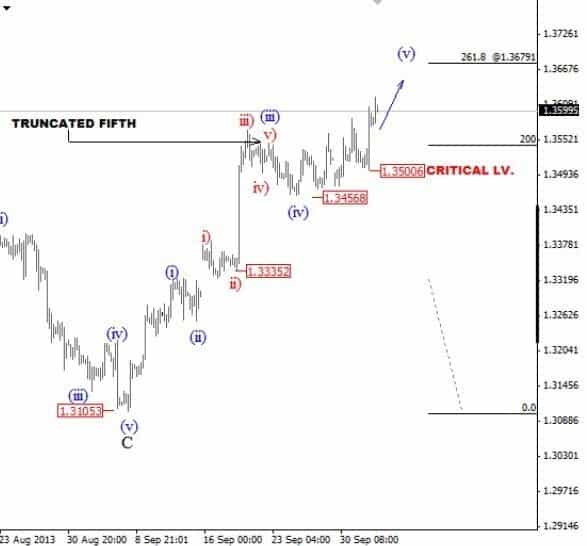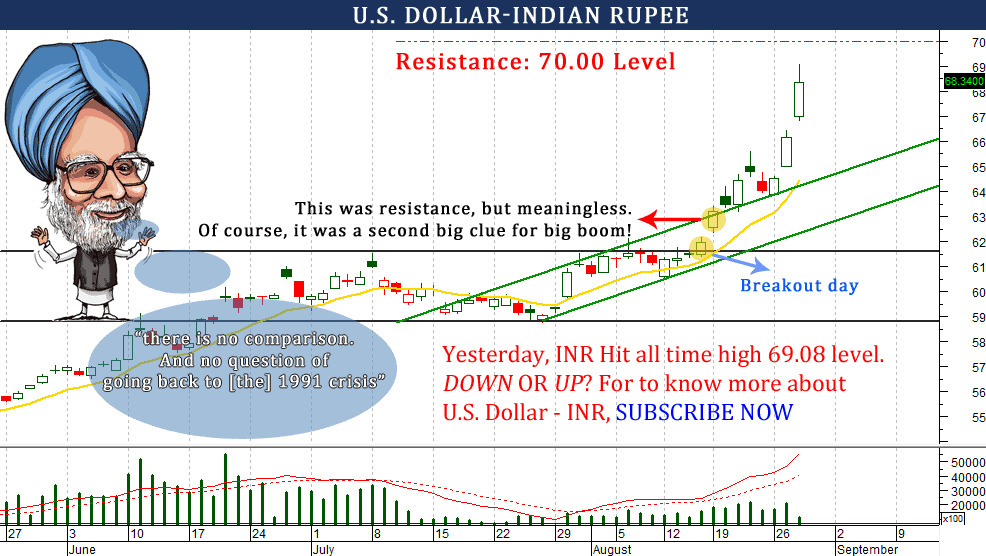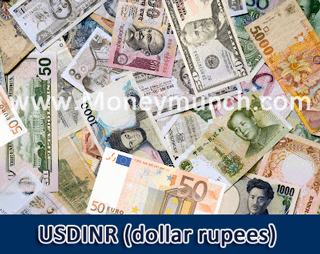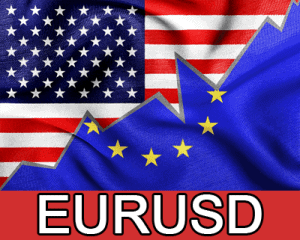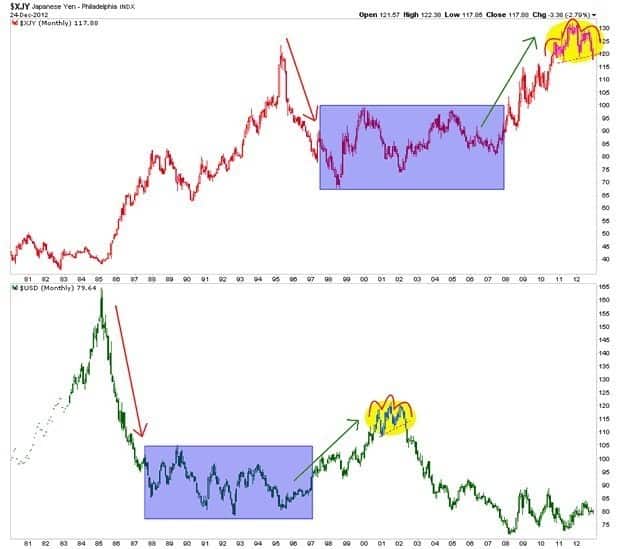 EURUSD went well higher yesterday just after the ECB press meeting that finally sent EURUSD out of the range. Therefore, we consider that Euro will maintain higher within current wave (v) towards 1.3680. When those levels are examined we need to be aware of a bearish reversal in minimum three legs. Depending on Elliott Wave Principle, after every five waves move correction takes place. But break of 1.3500 price level will suggest that in Euro there is already top in place.
EURUSD went well higher yesterday just after the ECB press meeting that finally sent EURUSD out of the range. Therefore, we consider that Euro will maintain higher within current wave (v) towards 1.3680. When those levels are examined we need to be aware of a bearish reversal in minimum three legs. Depending on Elliott Wave Principle, after every five waves move correction takes place. But break of 1.3500 price level will suggest that in Euro there is already top in place.
To become a subscriber, subscribe to our free newsletter services. Our service is free for all.

